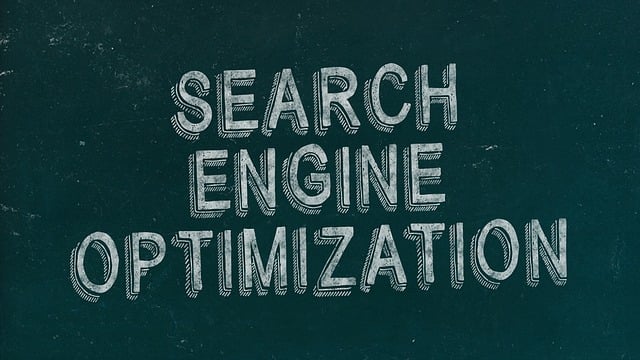Educational institutions are leveraging AI and automation for dynamic pricing, adapting to real-time market demands while ensuring consistent revenue. This strategy attracts students during peak periods, optimizes staff allocation for curriculum development and student support, and aligns with OSHA safety compliance standards. By analyzing historical data on enrolment, demand, and trends, institutions can identify profitable classes and mitigate risks associated with automated pricing through proper regulatory adherence. Implementing algorithms like demand-based pricing or custom AI models requires careful consideration of data, resources, and safe decision-making practices to maintain a competitive edge in the market.
Dynamic pricing algorithms are transforming class revenue management, enabling educators to optimize income while offering competitive rates. This article explores how these algorithms work and their significant benefits for educational institutions. We delve into the crucial role of artificial intelligence (AI) in automating OSHA safety compliance, ensuring fair and efficient pricing strategies. Additionally, we provide a step-by-step guide on implementing automated pricing systems, helping educators enhance revenue management and create a safer, more sustainable learning environment.
- Understanding Dynamic Pricing and its Benefits for Class Revenue Optimization
- The Role of AI in Automating OSHA Safety Compliance for Efficient Pricing Strategies
- Implementing Automated Pricing Algorithms: A Step-by-Step Guide to Enhanced Revenue Management
Understanding Dynamic Pricing and its Benefits for Class Revenue Optimization

Dynamic pricing, powered by advanced algorithms and often enhanced by AI technologies, is a strategic approach to setting prices that adapts in real-time based on various factors such as demand, competition, and market trends. In educational institutions, this method can significantly optimize revenue streams for classes and courses. The benefits are multifaceted: it allows schools and teachers to attract more students during peak interest periods while ensuring steady income throughout the semester.
By automating the pricing process, institutions can streamline their operations, freeing up time for staff to focus on other critical tasks like curriculum development and student support. This not only improves efficiency but also aligns with OSHA safety compliance standards by ensuring a smooth, accessible, and fair enrollment process that meets legal requirements. AI-driven dynamic pricing offers a competitive edge in the market, fostering a more adaptable and responsive educational environment.
The Role of AI in Automating OSHA Safety Compliance for Efficient Pricing Strategies

The integration of Artificial Intelligence (AI) has revolutionized various industries, and its impact on pricing strategies is no exception. When it comes to ensuring OSHA safety compliance, AI plays a pivotal role in automating the process, making it more efficient and accurate. By leveraging machine learning algorithms, businesses can analyze vast amounts of data related to workplace hazards, industry standards, and historical safety records. This enables them to automatically adjust pricing models based on risk levels, ensuring that safety measures are cost-effective and accessible.
AI-driven automation streamlines the compliance process by identifying potential hazards, suggesting preventive measures, and optimizing resource allocation. It can continuously learn and adapt as new data becomes available, ensuring that pricing strategies remain dynamic and responsive to changing safety requirements. This not only enhances operational efficiency but also fosters a culture of safety by making it easier for businesses to prioritize worker well-being while managing revenue effectively.
Implementing Automated Pricing Algorithms: A Step-by-Step Guide to Enhanced Revenue Management

Implementing Automated Pricing Algorithms is a strategic move towards enhancing revenue management for educational institutions, ensuring optimal income generation while maintaining competitive edge. Here’s a step-by-step guide to help navigate this process effectively:
1. Assess Current Practices: Begin by evaluating your current pricing strategy and identifying areas for improvement. Utilise AI algorithms to analyse historical data on student enrolment, course demand, and market trends, pinpointing factors that influence class profitability. Ensure OSHA (Occupational Safety and Health Administration) safety compliance is integrated into the system, addressing any potential risks related to automated processes.
2. Select or Develop an Algorithm: Choose a pricing algorithm suited to your institution’s needs. Some popular options include demand-based pricing, predictive analytics models, or hybrid approaches. Alternatively, customising an AI model tailored to your specific course offerings and student demographics can offer more precise results. This step demands careful consideration of factors like data availability, computational resources, and regulatory requirements, including OSHA safety protocols for algorithmic decision-making processes.
Dynamic pricing algorithms, powered by AI and automation, are transforming class revenue management. By leveraging these innovative strategies, educational institutions can optimize revenue while ensuring fair pricing. Integrating AI for OSHA safety compliance automation further enhances efficiency, allowing schools to focus on delivering quality education. Following a structured implementation guide, educators can embrace automated pricing strategies, ultimately driving better financial outcomes.
